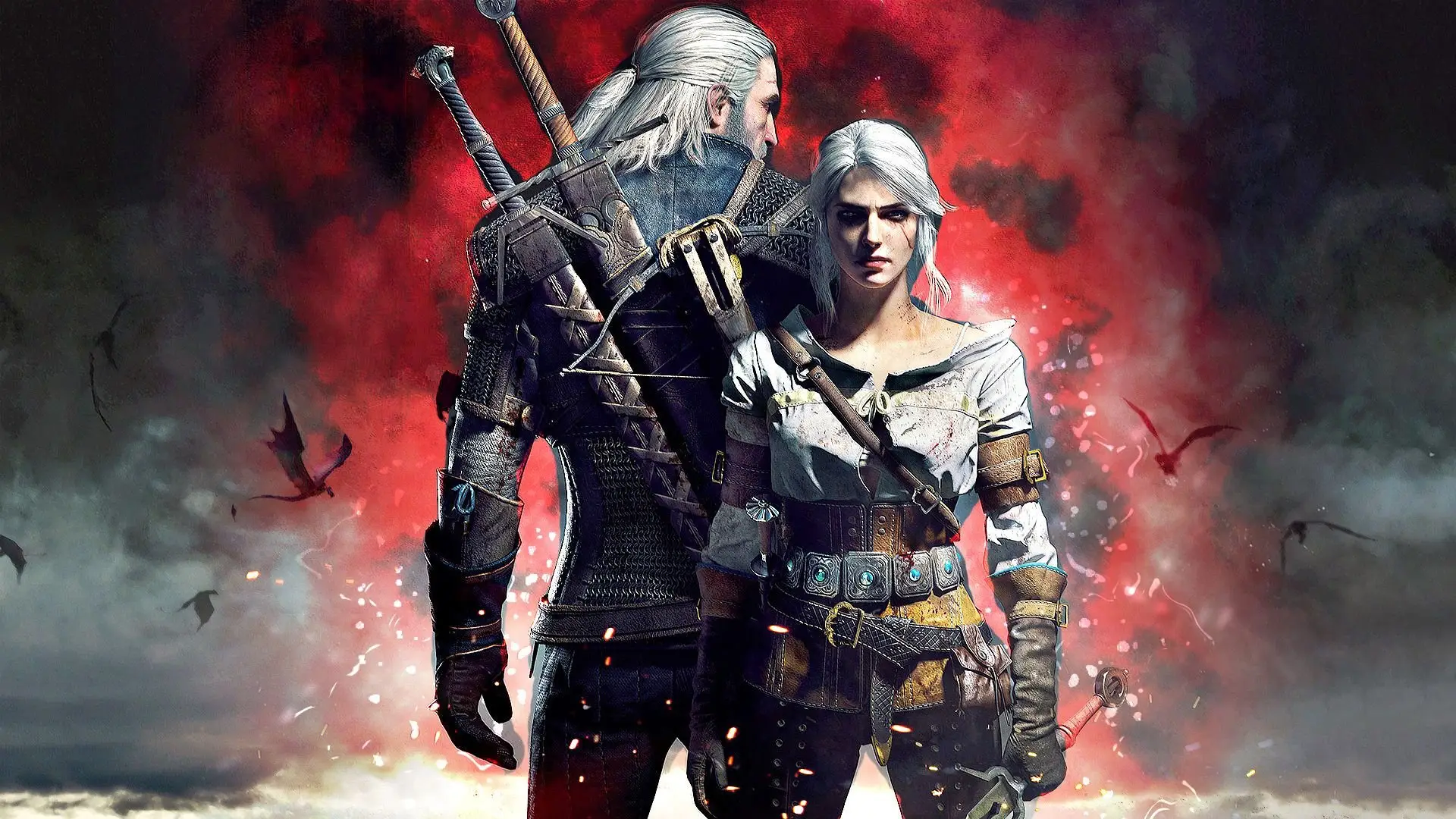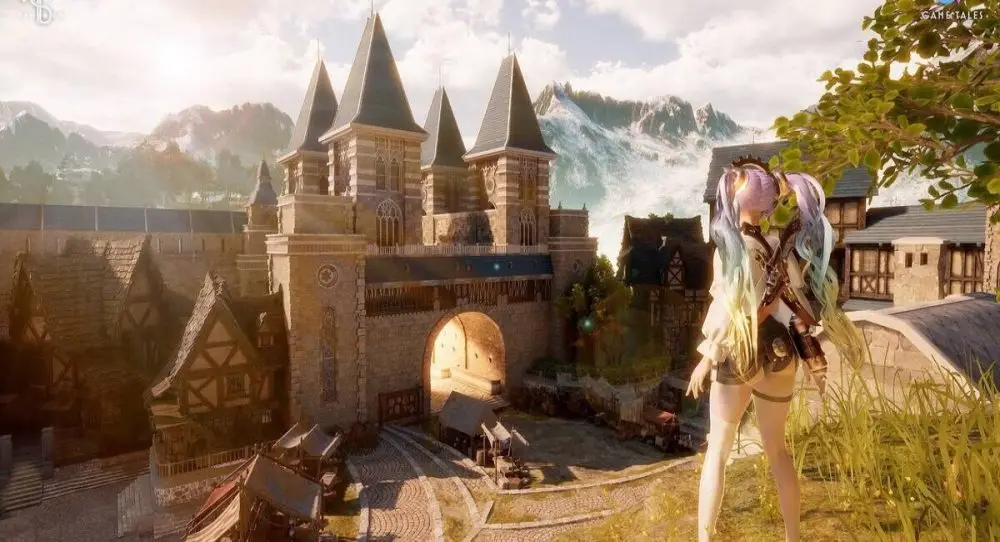Modern games require equipment with high precision, fast response, and realistic visual representation. The question of how to choose a gaming monitor that meets the genre’s requirements, doesn’t strain the eyes, and fits within the budget comes to the forefront. In 2025, displays become even more technologically advanced, meaning that the choice requires a precise understanding of specifications and hidden nuances.
Refresh Rate and Its Impact on Gaming
High refresh rate is a key parameter for comfort in dynamic games. Traditional 60 Hz no longer meets the requirements of modern gaming. In 2025 models, the standard refresh rates range from 144 to 360 Hz. When choosing which gaming monitor to buy, it’s worth considering: the higher the refresh rate, the smoother the image will be, and the fewer visual artifacts there will be during fast movements.

The optimal refresh rate is considered to be 165 Hz — a compromise between performance and cost. Refresh rates above 240 Hz are relevant only for professionals who notice the slightest delays.
Response Time: Speed in Milliseconds
In addition to refresh rate, the response time parameter, measured in milliseconds (ms), is critically important. It determines how quickly a pixel changes color during dynamics. For gamers seeking the perfect balance, a response time within 1–3 ms remains the standard.
The question of how to choose a gaming monitor cannot be answered without considering the panel technology. The panel type specifically affects response speed and accuracy. TN remains a leader in speed but falls behind IPS in color quality. OLED and Mini-LED are already displacing VA solutions, offering microsecond response times and vibrant images.
The Role of Resolution and Screen Size in Comfort
The screen size and its resolution determine the level of detail, comfort during long gaming sessions, and the load on the graphics card. In 2025, the following are considered optimal:
- 24″ Full HD (1920×1080) — for eSports and office PCs;
- 27″ QHD (2560×1440) — a versatile choice for most genres;
- 32″ 4K (3840×2160) — for single-player RPGs and immersive projects.
Balancing image quality and system load allows for maximum comfort in gaming. Understanding these parameters helps accurately determine how to choose a gaming monitor suitable for competitive sessions and immersion in narrative worlds.
Choosing a Gaming Monitor in 2025 Based on Panel Type
A key aspect in choosing a display is the panel type, which affects brightness, viewing angles, shadow clarity. The most common types are:
- TN — fast but with narrow viewing angles and weak color reproduction;
- IPS — versatile, colorful, with good viewing angles and response times;
- VA — high contrast but may have dynamic delays;
- OLED — visually perfect but expensive;
- Mini-LED — an alternative to OLED with increased brightness and precision.
The best gaming monitors are IPS or OLED. TN is already taking a back seat, especially in the premium segment. VA panels are found in budget solutions, combining deep blacks and moderate costs.
Support for Synchronization and Additional Features
G-Sync and FreeSync technologies in 2025 become an integral part of a quality gaming experience. They synchronize the frame rate between the graphics card and the monitor, eliminating image tears and making motion as smooth as possible, even with unstable system performance. In addition, attention should be paid to additional features such as:
- flicker-free backlight;
- blue light filtering;
- OSD interface with profiles;
- USB hub;
- built-in speakers or a swivel stand.
When deciding how to choose a gaming monitor, it’s important to consider nuances: they make everyday use convenient.
Form Factor and Curved Models
Curved displays continue to gain popularity. Such devices enhance immersion and expand peripheral vision. However, curvature is not always beneficial. For competitive games and precise aiming, flat panels provide more accurate geometry. The choice depends on genres:
- curved screens — for single-player RPGs, racing simulators;
- flat — for competitive shooters and strategies;
- ultrawide — for work, editing, multitasking;
- 16:9 — a universal standard for PC builds;
- 32:9 — a niche solution for enthusiasts seeking maximum immersion.
Understanding genre priorities is another aspect in the strategy of “how to choose a gaming monitor.”
Comparing Technologies and Final Tips for Choosing a Monitor for Gamers
Based on current models, several stable configurations can be highlighted. Below are examples of displays with high quality:
- 27″ QHD IPS 165 Hz — the golden standard of quality and price balance;
- 32″ VA 144 Hz — a budget option with good contrast;
- 34″ OLED 175 Hz — a premium solution for immersive games;
- 24″ TN 240 Hz — esports, minimal response time, affordable price;
- 42″ 4K Mini-LED 120 Hz — a work and gaming hybrid.
By combining the characteristics of a gaming monitor and aligning with goals, you can obtain an optimal device in your price category!
Budget and Segments
Price plays an important role. Budget models start from 15,000 rubles. The average segment ranges from 30,000 to 50,000, and the premium class starts from 80,000 and above.
To understand how to choose a gaming monitor, it’s essential to clearly define the priority genre, how many FPS the graphics card provides, and what resolution will be used in practice. Often, it’s wiser to invest in QHD/IPS 165 Hz rather than chase 4K with limited system power.
Major Manufacturers: Who to Trust in 2025?
When deciding how to choose a gaming monitor, it’s important to consider not only the specifications but also the brand. In 2025, LG leads with OLED models, ASUS with lines for esports, and Samsung with Mini-LED technologies. Acer and MSI offer balanced solutions for different budgets, while BenQ and Gigabyte/AORUS focus on accuracy, response, and stability.
Choosing a trusted manufacturer reduces risks and ensures compliance with gaming requirements in terms of graphics, comfort, and durability.

Now You Know How to Choose a Gaming Monitor
The question of how to choose a gaming monitor in 2025 boils down to three components: refresh rate, response time, price. It is the balance between these factors that determines the real value of the device. Understanding key parameters, as well as a smart approach to balancing characteristics and assembly tasks, helps avoid overpaying and get a display that meets all expectations.
The screen is not just an accessory but the visual center of the entire gaming system. Therefore, the right choice not only affects the picture but also the outcome!
 en
en  ru
ru  de
de  ar
ar  es
es  hi
hi  fr
fr  nl
nl  it
it  pt
pt  el
el 









